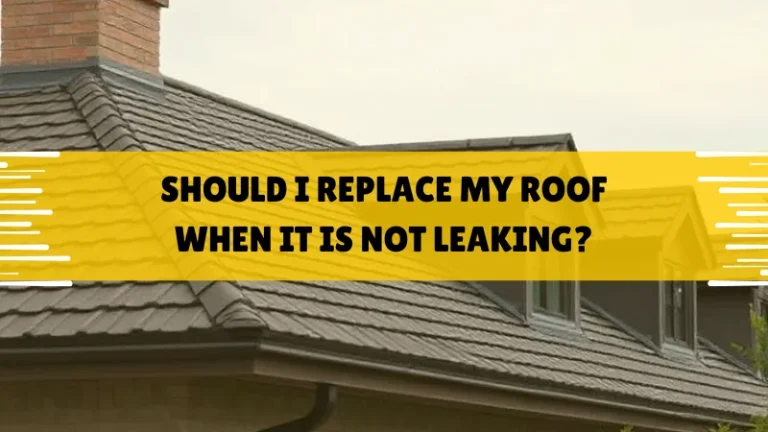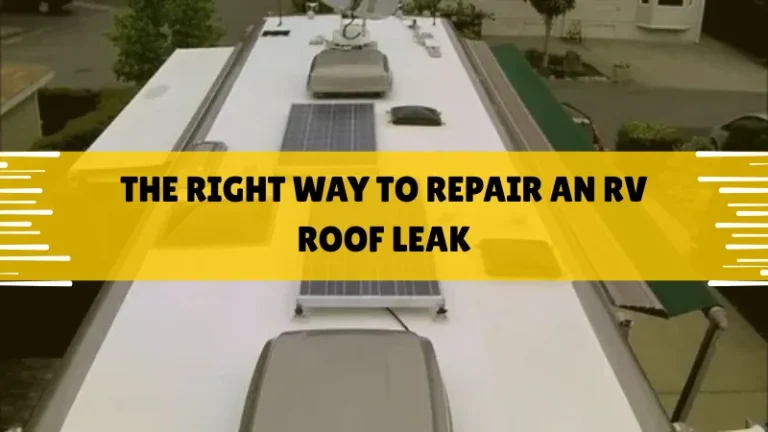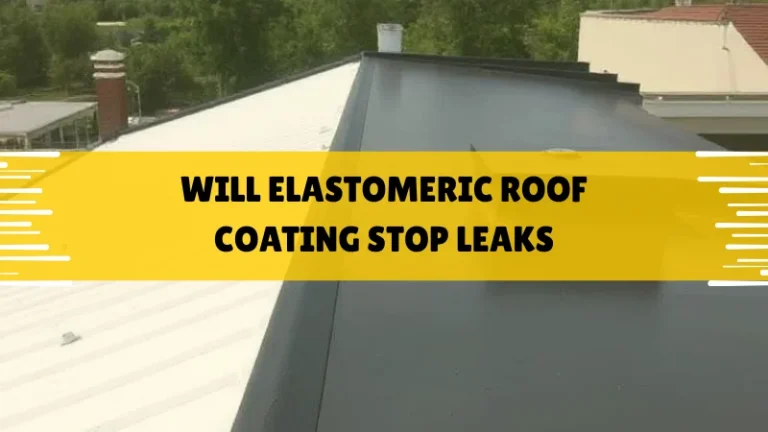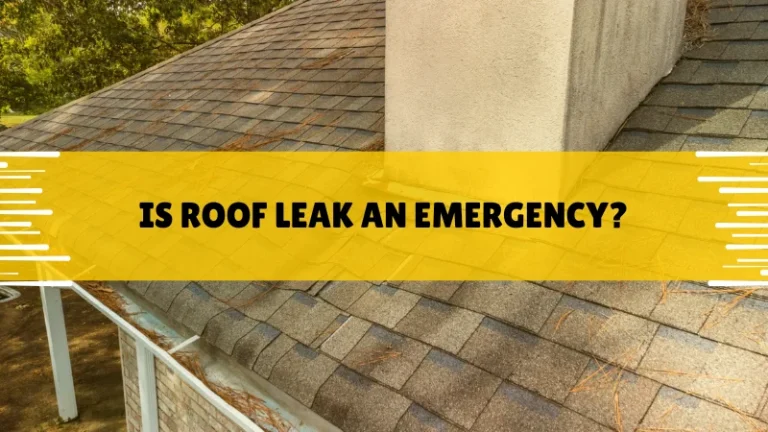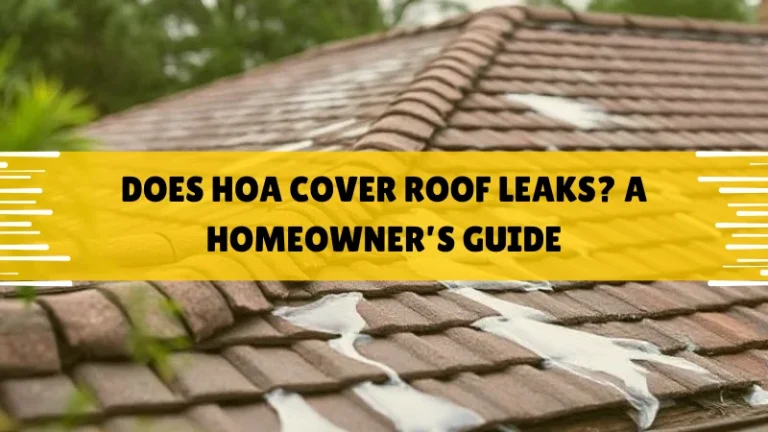Is It Normal for a Roof to Leak in Heavy Rain?
Is it normal for roof to leak in heavy rain? No. Yet, many homeowners face this issue even with new or well-kept roofs. Heavy rain often reveals hidden problems that light showers hide. So, understanding why leaks happen helps you act fast and avoid bigger damage.
Why Roof Leaks Often Show Up During Heavy Rain
Heavy rain puts extra pressure on your roof. Water builds up quickly and finds weak spots. For example, new roofs might leak due to installation mistakes or material flaws. And older roofs show issues from wear over time.
During storms, water tests every part of the roof. It seeps through gaps that stay dry in normal weather. Therefore, leaks appear more during downpours. But most problems start small and grow if ignored.
Common Culprits Behind Roof Leaks
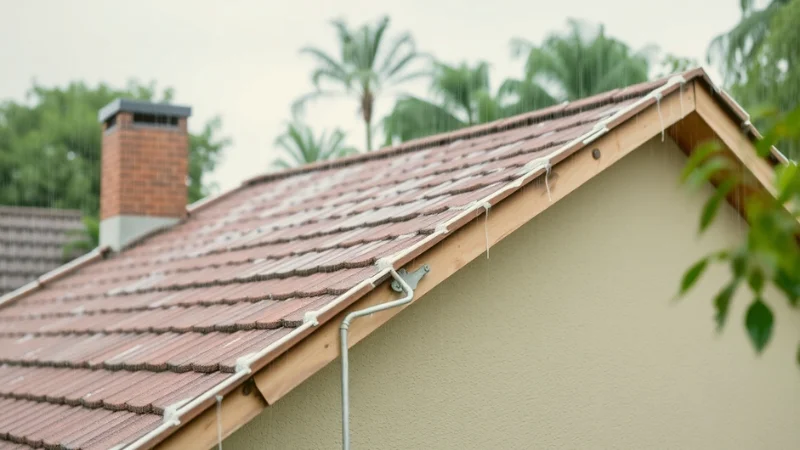
Several factors cause roof leaks in heavy rain. Installation errors account for about 30% of new roof issues. Material defects also play a role sometimes. However, weather exposes these weaknesses.
Worn or Damaged Shingles
Shingles protect your roof from water. But they crack, curl, or go missing over time. When this happens, rain gets under them easily. So, check for granule loss or splits from the ground.
Heavy rain makes damaged shingles worse. Water pushes through exposed areas. Therefore, missing shingles create direct paths for leaks. Use binoculars to spot these problems safely.
Flashing and Sealant Problems
Flashing directs water away from joints. It uses metal strips around key areas. But rust, cracks, or loose seals let water in. And caulk wears out, creating gaps for rain.
Improper installation causes many flashing failures. For instance, gaps form where metal meets other materials. As a result, heavy rain seeps through these spots. Apply roofing cement temporarily to seal them.
Chimneys, Skylights, and Vents
Chimneys often leak in heavy rain. Water saturates mortar joints or enters through cracks. Flashing around chimneys fails too. Similarly, skylights leak from worn seals or poor setup.
Vents and pipes have boots that crack over time. Neoprene material breaks down from sun exposure. Consequently, water follows pipes inside. But insulation on ducts prevents some condensation issues.
Skylights build condensation during storms. This leads to drips that seem like leaks. Therefore, inspect seals after rain. Professional checks ensure proper installation.
Clogged Gutters and Poor Drainage
Gutters guide water away from your roof. But clogs cause backups under shingles. Debris like leaves blocks flow. So, water overflows and pools near the foundation.
Flat roofs lack good drainage. This makes leaks common in heavy rain. Add gutters or clean them quarterly. Otherwise, water seeps through cracks or walls.
Downspouts need clear paths too. Flush them with a hose if blocked. As a result, proper drainage stops many leaks. Check for overflows during storms.
Aging Roof Materials
Roofs age and materials weaken. Shingles last about 20-30 years on average. Underlayment and seals degrade too. Therefore, heavy rain exposes these old parts.
New materials sometimes have defects. But age causes most long-term issues. For example, thermal expansion pulls things apart. Regular checks catch this early.
How to Spot the Signs of a Leak Early
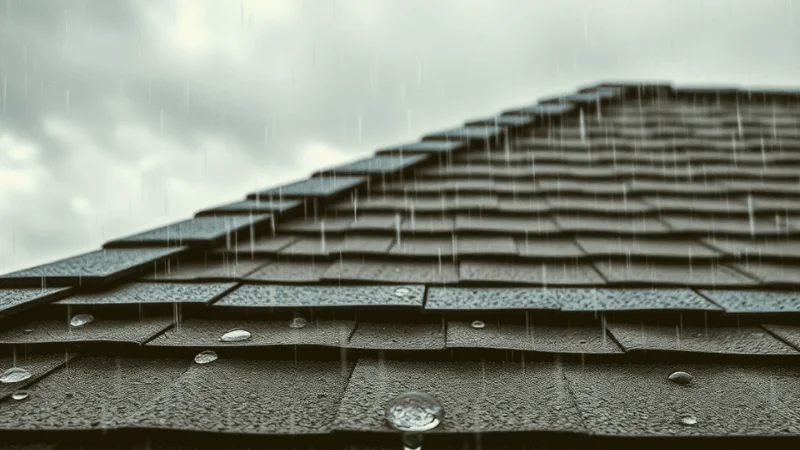
Look inside for water stains on ceilings. Damp spots or musty smells signal problems. Discolored paint shows hidden leaks. So, check attics and walls after rain.
Outside, examine flashing and shingles. Look for cracks or debris in valleys. Photos help document issues. Therefore, early spots prevent major damage.
Use safe methods like binoculars. Head outside when dry. Focus on chimneys and vents. But call pros for hard-to-reach areas.
Quick Steps to Minimize Damage When You Notice a Leak
- Step 1: Place buckets under drips right away. Use towels to catch splashes. Empty them often to avoid overflow. This stops floor and wall damage.
- Step 2: For temporary fixes, use tarps on the roof. Secure them with nails or weights. Extend beyond the leak area. But only do this when safe.
- Step 3: Apply caulk or cement to small gaps. Slide metal under damaged shingles. These steps buy time. However, they are not permanent solutions.
- Step 4: Avoid roof work in storms. Safety comes first. Gather tools before rain starts. Then, contact roofers quickly.
When It’s Time to Call a Roofing Professional
Call pros for extensive shingle damage. Structural sags need expert help. Electrical risks from water require immediate action. And hard-to-access spots demand their skills.
Warranties cover many new roof leaks repair in NJ. Document everything for claims. Insurance might help with storm damage. But pros assess causes accurately.
Delays lead to bigger costs. Water harms insulation and drywall fast. Therefore, act within hours. Local contractors like Colony Roofers or Bill Ragan Roofing offer inspections.
Tips to Prevent Future Leaks
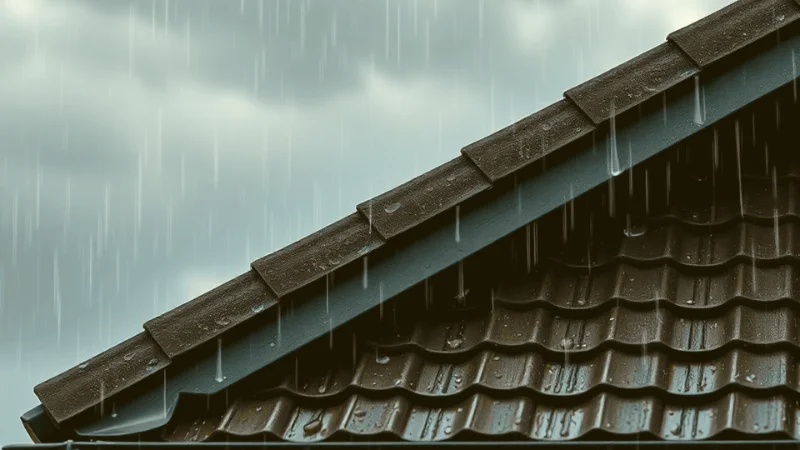
- Schedule Annual Inspections: Clean gutters four times a year. Trim trees to avoid debris. And reseal penetrations regularly.
- Use Tech Like Sensors For Monitoring: Drones help with safe checks. New materials seal themselves. So, stay updated on options.
- Maintain Records For Warranties: Address small issues early. As a result, roofs last longer. Prevent clogs in valleys too.
- For flat roofs, improve drainage: Add downspouts if needed. Check seals on flashings. These steps reduce rain risks.
Final Thoughts On is it normal for roof to leak in heavy rain?
Roof leaks in heavy rain are not normal but common. They stem from flashing, shingles, or drainage issues. Quick action and prevention keep your home dry. So, stay vigilant and call pros when needed.



